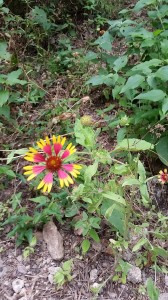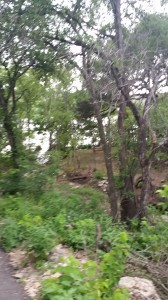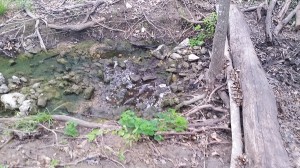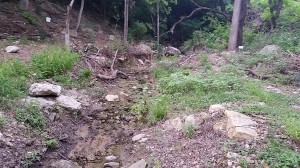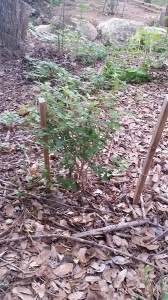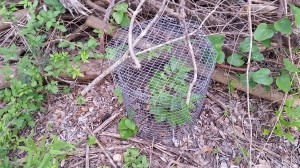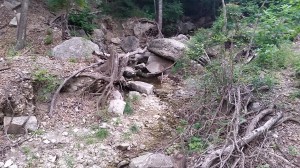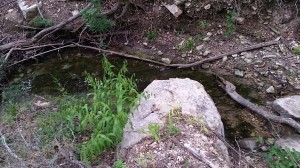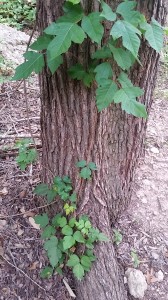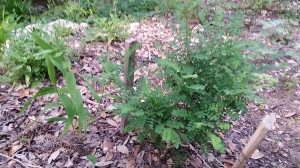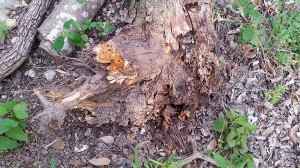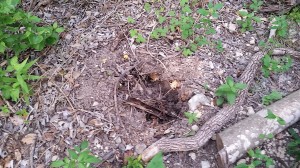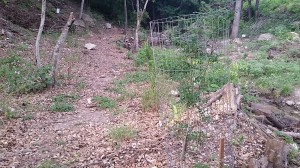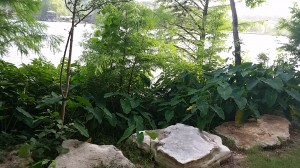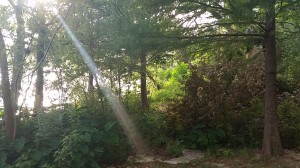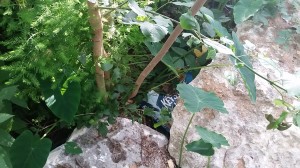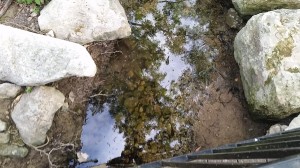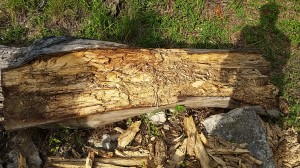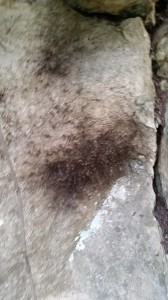For my last blog entry, I wanted to discover and analyze changes in the environment over time. In order to do this I decided to go to the location where I did my first blog location, a private park along Mount Bonnell Shores. Since I have spent so much time at this park in my life, noticing change is easy for me to do.
I went to the park on a Sunday afternoon with a very cloudy sky and temperatures around 90 degrees Fahrenheit. The clouds were likely from a storm up north of us and seemed like they wanted to threaten rain but never provided. The humidity was almost unbearable with mosquitos in full force ready to feast on any available warm flesh.
Walking into the park takes me down a trail a few hundred meters long before you hit the lake front property. On this trail I immediately noticed the vast amounts of growth and abundance of vegetation from previous week’s rainstorms. Additionally, there were three rabbits on the trail that scampered as soon as they caught sight of me.
Back in the park, plants that were marked a few weeks back by the people in charge of restoring the park showed signs of growth. Some plants were blocked off by netting and fencing so that deer could not eat them. The plants are getting so big now that it may soon be time to remove the fencing and let them thrive. In particular, a few Post Oak trees and what I believe were some kind of Texas Elm were being protected.
Like I mentioned in my previous blog, the park is undergoing a sort of restoration. Earlier in the year, the park had a massive invasive species removal take place and totally changed the look of the park. Some parts almost look totally bald since the plants had overgrown so much. While the park restorers did a great job, there are some signs of invasive species cropping back up. It will be important to take out these plants while they are young so they don’t come back and take over again. The majority of these plants are Chinese Ligustrum.
While there are many signs of growth and greener vegetation from the recent rains, enough time has passed to dry out the creek that runs through the park. It now sits almost totally dry with only pockets of stagnate water sitting in the creek bed. Various water bugs scamper across these water puddles and green algae dominates the floor. I was also able to spot flood marks where the water levels had risen. Sticks littered the ground in bundled fashions by tree trunks.
Sadly enough as well, the effects of summer recreation were having their toll on the park. Rough waters from ski boats have left signs of erosion on the shore. Even several beer cans and boxes made their way into the water reeds. Decay was prominent amongst some fallen tree trunks that must have been sitting from a long period of time.
“The effort to control the health of the land has not been very successful. It is now generally understood that when soil loses fertility, or washes away faster than it forms, and when water systems exhibit abnormal floods and shortages, the land is sick” (page 194). While I don’t think this land is sick from abnormal floods and shortages, I do believe the erosion levels from the ski boats is of concern to the park and leaves the shoreline sick. It would be sad to see any turtles or other lake life get sick from the trash and pollution that humans discard while out on the water.
